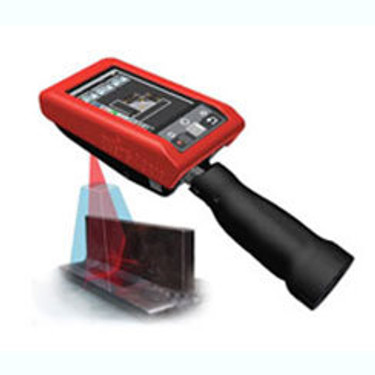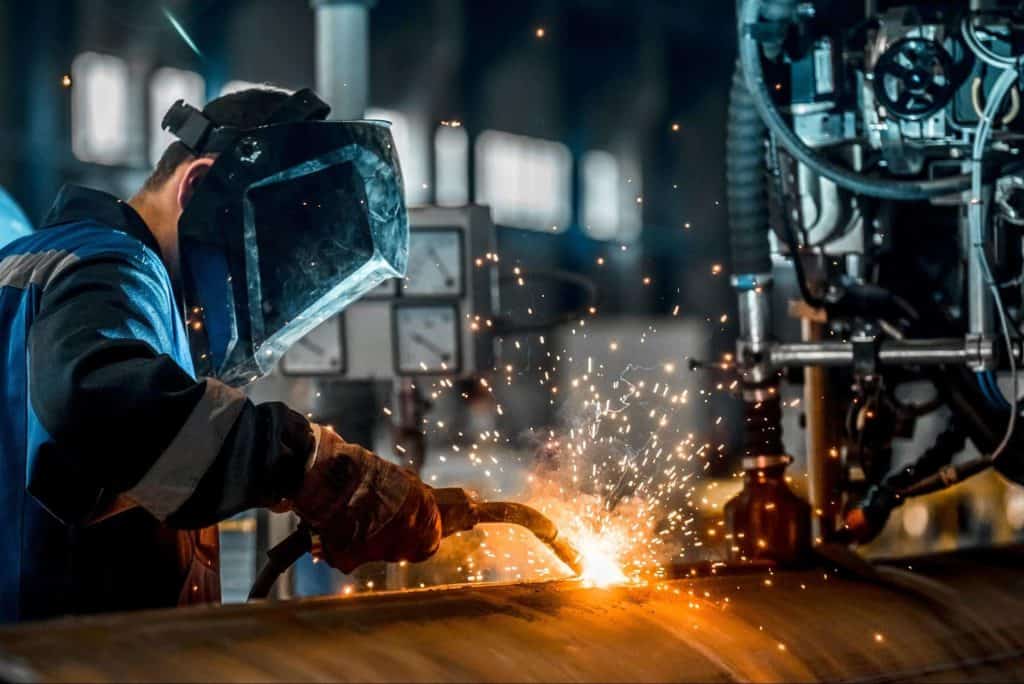How to Prepare for a Welding Inspection Milwaukee Professionals Recommend
How to Prepare for a Welding Inspection Milwaukee Professionals Recommend
Blog Article

Discovering the Different Methods and Requirements of Welding Evaluation for Achieving Conformity and Dependability in Engineering Applications
The significance of welding assessment in design applications can not be overstated, as it functions as an important secure for making sure structural honesty and compliance with sector requirements. Various approaches, including visual examination and advanced non-destructive testing strategies, give necessary insights into the quality of welds. Adherence to established regulative criteria such as those from AWS and ASME establishes a structure for liability and excellence. The landscape of welding inspection is continuously evolving, triggering a more detailed evaluation of arising methods and their ramifications for design integrity. What might these developments involve for future tasks?
Relevance of Welding Examination
Welding evaluation plays an important role in guaranteeing the integrity and safety and security of welded frameworks. The relevance of welding assessment can not be overemphasized, as it offers as a protect against prospective failures that can result from insufficient welding techniques.
Additionally, welding inspection is vital for maintaining quality control throughout the welding procedure. It makes certain that the welds satisfy the needed mechanical and physical residential or commercial properties needed for their designated applications. Routine inspections likewise cultivate a culture of liability and constant enhancement within welding operations, motivating adherence to ideal practices and market standards.
In controlled sectors such as production, aerospace, and construction, stringent welding examination procedures are mandated to adhere to lawful and safety demands. Inevitably, reliable welding assessment not just protects human life and residential property but likewise enhances the longevity and integrity of bonded frameworks, making it an important facet of engineering and building.

Typical Welding Inspection Methods
A range of examination approaches are utilized to examine the high quality and stability of welds, each tailored to spot particular kinds of issues. Amongst one of the most typical methods is visual inspection, which involves a complete exam of the weld surface area to identify noticeable defects such as cracks, damages, and poor combination. This method is typically the very first step in the evaluation procedure as a result of its simplicity and cost-effectiveness.
One more commonly used approach is radiographic assessment, where X-rays or gamma rays penetrate the weld to disclose inner problems. This technique is particularly efficient for finding porosity and additions within the weld material. Ultrasonic screening employs high-frequency sound waves to identify internal problems, supplying a thorough analysis of the weld's integrity.
Moreover, magnetic bit examination is used for ferromagnetic products, allowing for the discovery of surface area and near-surface problems by applying electromagnetic fields and observing particle patterns. Color penetrant testing entails using a liquid dye to the weld surface, exposing splits and other interruptions upon inspection (Welding Inspection Milwaukee). Each of these techniques plays a vital role in making sure weld top quality and compliance with industry requirements
Non-Destructive Checking Strategies
Non-destructive testing (NDT) methods are necessary tools in the evaluation of weld top quality, allowing inspectors to assess the stability of welded joints without triggering damages to the materials. Various NDT methods are employed to identify prospective issues, ensuring that welds meet the needed requirements for safety and security and efficiency.
Among one of the most common methods is ultrasonic testing (UT), which uses high-frequency audio waves to detect interior flaws such as cracks or spaces. Radiographic screening (RT) utilizes X-rays or gamma rays to create photos of welds, exposing any type of discontinuities within the product. Magnetic fragment screening (MT) is efficient for detecting surface and near-surface issues in ferromagnetic materials via the application of magnetic areas and contrasting fragments.
Fluid penetrant screening (PT) is an additional widely used approach that entails using a color to the surface why not try this out of the weld, which permeates right into any cracks, making them visible under ultraviolet light. Each of these approaches offers distinct benefits and restrictions, and the option of a proper method is important to achieving exact evaluations of weld stability. Ultimately, the execution of NDT methods substantially adds to the integrity and safety and security of engineering applications.

Governing Criteria and Conformity
In the world of welding evaluation, adherence to governing standards and compliance is extremely important to ensure the safety and security and dependability of bonded frameworks (Welding Inspection Milwaukee). Various organizations, consisting of the American Welding Society (AWS), the American Culture of Mechanical Designers (ASME), and the International Organization for Standardization (ISO), have developed standards that govern welding practices and assessment procedures. These criteria supply a framework for high quality assurance, detailing the essential qualifications for assessors and the methodologies for evaluating weld stability
Conformity with these regulative criteria not only enhances the structural stability of welded settings up but additionally mitigates risks connected with failures, which can have devastating effects. Inspections have to be done utilizing defined treatments, consisting of visual, ultrasonic, and radiographic approaches, to ensure that welds satisfy defined standards.
Additionally, adherence to these standards is frequently required by regulation, specifically in markets such as aerospace, building, and manufacturing. Regular audits and certifications are important to keep compliance, thus cultivating a society of safety and security and high quality within organizations. Ultimately, regulatory standards and conformity act home as the foundation of trusted welding examination methods, making certain that crafted structures meet both efficiency expectations and security needs.
Finest Practices for Welding Inspection
While preserving conformity with regulatory criteria is essential, applying best methods for welding examination better improves the safety and security and integrity of welded frameworks. Reliable welding examination begins with detailed planning, which consists of recognizing the specific demands of each job and making sure examiners are trained in applicable methods and standards.
Utilizing an extensive evaluation list assists to guarantee all critical facets are analyzed, such as weld dimension, penetration, and visual defects. Non-destructive testing (NDT) strategies, such as ultrasonic or radiographic testing, ought to be utilized where appropriate, providing a much more comprehensive examination of weld top quality without endangering the honesty of the products.
Documents plays a substantial role in ideal techniques; keeping exact discover here records of inspections, including pictures, examination outcomes, and conformity records, ensures responsibility and facilitates future analyses. In addition, cultivating a society of open interaction in between examiners and welders can result in early identification of prospective issues, advertising prompt restorative actions.
Conclusion
In summary, the implementation of rigorous welding assessment techniques and adherence to developed standards are necessary for making certain conformity and integrity in engineering applications - Welding Inspection Milwaukee. Techniques such as aesthetic assessment, radiographic testing, and ultrasonic screening offer as important devices in preserving and identifying problems quality control. By fostering a society of liability and quality, companies can improve the honesty and long life of welded structures, ultimately adding to the safety and security and efficiency of design tasks
Different approaches, including aesthetic examination and advanced non-destructive testing methods, provide crucial insights right into the top quality of welds.Welding assessment plays a vital duty in making sure the integrity and security of bonded frameworks.A variety of evaluation approaches are employed to examine the quality and honesty of welds, each customized to discover details kinds of defects.One more widely made use of method is radiographic assessment, where X-rays or gamma rays pass through the weld to reveal interior flaws.In the world of welding inspection, adherence to regulative criteria and compliance is vital to make sure the safety and reliability of welded structures.
Report this page